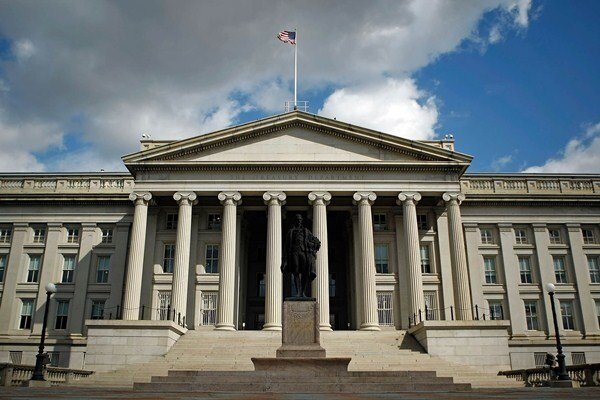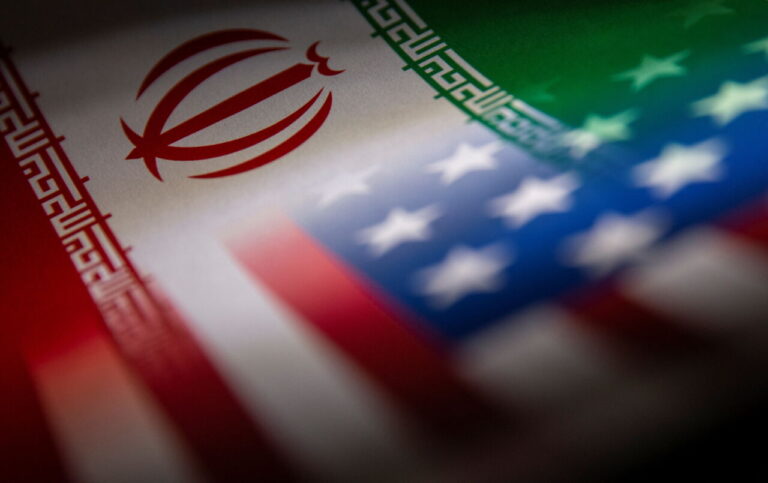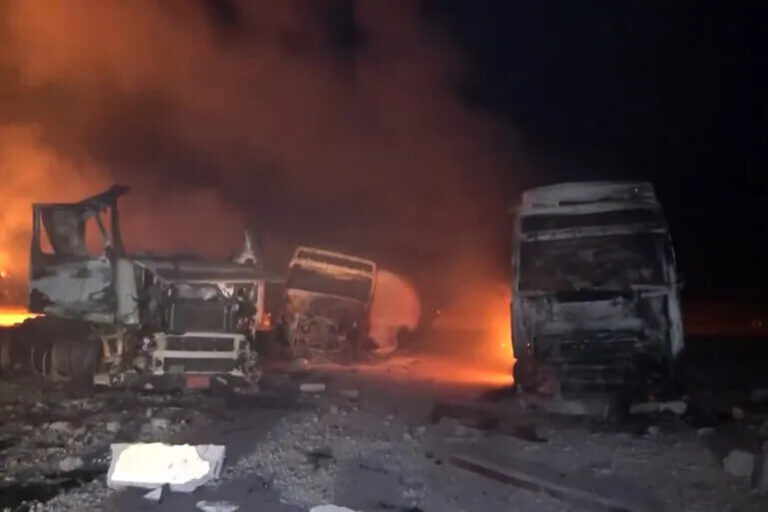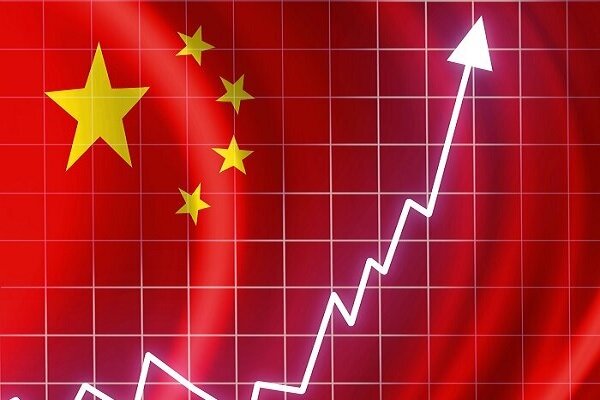US Targets Iranian LPG Tycoon with New Sanctions Amid Ongoing Negotiations
The United States has recently implemented new sanctions targeting Iranian liquefied petroleum gas (LPG) magnate Seyed Asadoollah Emamjomeh and his associated corporate network. This significant action, announced by the U.S. Treasury Department, coincides with ongoing discussions regarding Iran’s nuclear program, highlighting the complexities of international relations in this context.
According to the U.S. Treasury’s statement, Emamjomeh’s network plays a pivotal role in shipping hundreds of millions of dollars’ worth of Iranian LPG and crude oil to various foreign markets. The sanctions are part of the administration’s broader strategy, referred to as the maximum pressure campaign, aimed at curtailing Iran’s influence and activities on the global stage.
- Key details of the sanctions:
- Targeting Seyed Asadoollah Emamjomeh and his corporate network.
- Focus on the shipment of Iranian LPG and crude oil worth hundreds of millions of dollars.
- Part of the U.S. administration’s maximum pressure campaign.
This recent development follows two rounds of nuclear and sanctions-lifting talks held between Iran and the United States over the past two Saturdays. The first round took place in Oman, while the second was hosted in the Italian capital, Rome. After the discussions, both parties expressed satisfaction with the progress made, describing the talks as very positive and constructive.
Looking ahead, expert-level discussions are scheduled for tomorrow in Muscat, Oman. These meetings aim to delve into the intricate details of the negotiations and work towards a resolution that could impact future relations between the two nations.
It’s important to note that the backdrop to these talks includes the historical context of U.S.-Iran relations. In May 2018, during his first term, U.S. President Donald Trump announced the withdrawal of the United States from the 2015 nuclear deal, formally known as the Joint Comprehensive Plan of Action (JCPOA). This agreement had imposed restrictions on Iran’s nuclear program in exchange for sanctions relief.
After the U.S. withdrawal, Iran initially adhered to the terms of the agreement but gradually began to roll back some of its commitments. This shift has led to increased tensions and a complex web of negotiations as both sides attempt to navigate the implications of their actions.
- Background on the JCPOA:
- Established in 2015 to limit Iran’s nuclear capabilities.
- Provided sanctions relief in exchange for compliance.
- U.S. withdrawal in 2018 led to Iran scaling back commitments.
Iran maintains that its nuclear activities are solely for peaceful purposes, including energy production, pharmaceuticals, and agricultural applications. These claims are monitored by the United Nations’ nuclear watchdog, the International Atomic Energy Agency (IAEA).
The ongoing negotiations and sanctions reflect the intricate balance of power and diplomacy in the region. As both countries engage in dialogue, the outcome of these discussions could significantly influence not only U.S.-Iran relations but also the broader geopolitical landscape.
In summary, the new sanctions against Seyed Asadoollah Emamjomeh underline the continued U.S. efforts to exert pressure on Iran amid ongoing nuclear negotiations. The forthcoming expert-level talks in Muscat may offer further insights into the potential for a resolution, but the path forward remains fraught with challenges and complexities.
As the situation evolves, stakeholders will be closely monitoring developments, with implications that could resonate far beyond the immediate parties involved.






